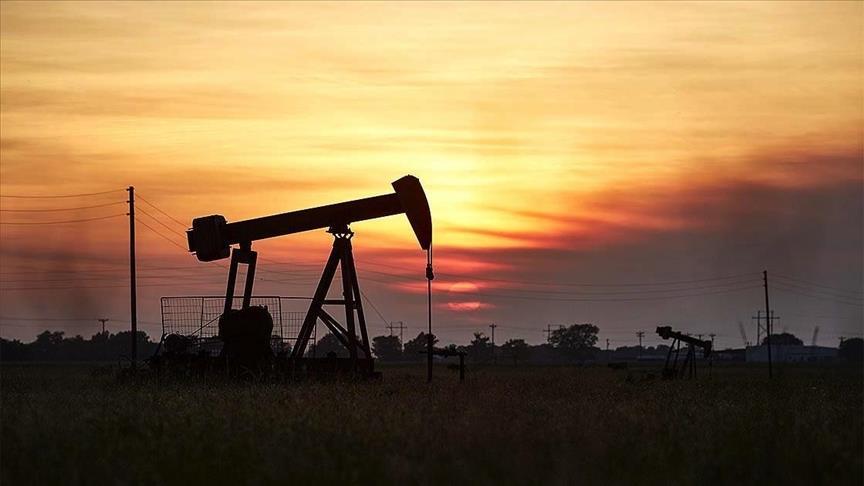

By Anadolu Agency
Oil prices increased on Friday, supported by the positive interest rate policies of several global central banks and increasing oil demand in the world’s largest oil-consuming countries.
International benchmark crude Brent traded at $76.88 per barrel at 10.20 a.m. local time (0720 GMT), a 0.35% increase from the closing price of $76.61 a barrel in the previous trading session on Thursday.
The American benchmark, West Texas Intermediate (WTI), traded at the same time at $71.84 per barrel, up 0.36% from Thursday’s close of $71.58 per barrel.
The US Federal Reserve (Fed) decided against raising interest rates on Wednesday. The Fed also indicated that at least three interest rate cuts are in store next year and that four further rate cuts of 25 basis points each are anticipated in 2025.
The European Central Bank and the Bank of England also announced on Thursday that they would leave interest rates unchanged. As central banks veer away from further rate hikes, economic activity and oil demand are expected to increase, thus pushing oil prices higher.
Data indicating strong oil demand in the US, the world’s largest oil consumer, continues to support upward price movements. According to data from the US Energy Information Administration, commercial crude oil stocks in the country decreased by approximately 4.3 million barrels last week, against the market expectation of a fall of 1.5 million barrels.
Furthermore, reports showing a fall in global oil production while raising concerns about supply shortages are supporting prices. The International Energy Agency (IEA) reported that global oil production decreased by 120,000 barrels per day in November compared to the previous month, falling to 102.13 million barrels. OPEC crude oil production also decreased by approximately 100,000 barrels per day, reaching 28.10 million barrels last month.
The IEA also shared positive data on global oil demand, stating demand would reach 101.70 million barrels for the whole of 2023, an increase of approximately 2.30 million barrels per day compared to last year. Approximately 80% of this increase is expected to come from China, the world’s second-largest oil consumer.
We use cookies on our website to give you a better experience, improve performance, and for analytics. For more information, please see our Cookie Policy By clicking “Accept” you agree to our use of cookies.
Read More